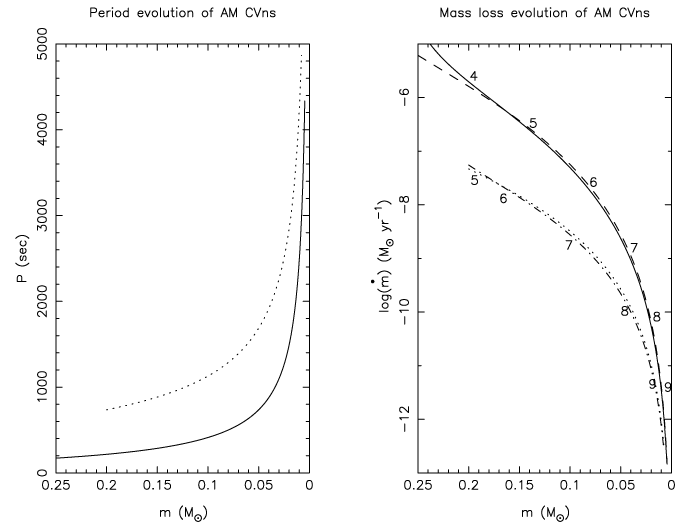
Figure 23: Examples of the evolution of AM CVn systems. Left panel: The evolution of the orbital
period as a function of the mass of the donor star. Right panel: The change of the mass transfer
rate during the evolution. The solid and dashed lines are for zero-temperature white dwarf donor
stars with initial mass  transferring matter to a primary with initial mass of 0.4 and
transferring matter to a primary with initial mass of 0.4 and
 , respectively, assuming efficient coupling between the accretor spin and the orbital motion.
The dash-dotted and dotted lines are for a helium star donor, starting when the helium star becomes
semi-degenerate (with a mass of
, respectively, assuming efficient coupling between the accretor spin and the orbital motion.
The dash-dotted and dotted lines are for a helium star donor, starting when the helium star becomes
semi-degenerate (with a mass of  ). Primaries are again
). Primaries are again  and
and  . The numbers
along the lines indicate the logarithm of time in years since the beginning of mass transfer. Image
reproduced with permission from [512], copyright by ESO.
. The numbers
along the lines indicate the logarithm of time in years since the beginning of mass transfer. Image
reproduced with permission from [512], copyright by ESO.
 transferring matter to a primary with initial mass of 0.4 and
transferring matter to a primary with initial mass of 0.4 and
 , respectively, assuming efficient coupling between the accretor spin and the orbital motion.
The dash-dotted and dotted lines are for a helium star donor, starting when the helium star becomes
semi-degenerate (with a mass of
, respectively, assuming efficient coupling between the accretor spin and the orbital motion.
The dash-dotted and dotted lines are for a helium star donor, starting when the helium star becomes
semi-degenerate (with a mass of  ). Primaries are again
). Primaries are again  and
and  . The numbers
along the lines indicate the logarithm of time in years since the beginning of mass transfer. Image
reproduced with permission from [512], copyright by ESO.
. The numbers
along the lines indicate the logarithm of time in years since the beginning of mass transfer. Image
reproduced with permission from [512], copyright by ESO.
